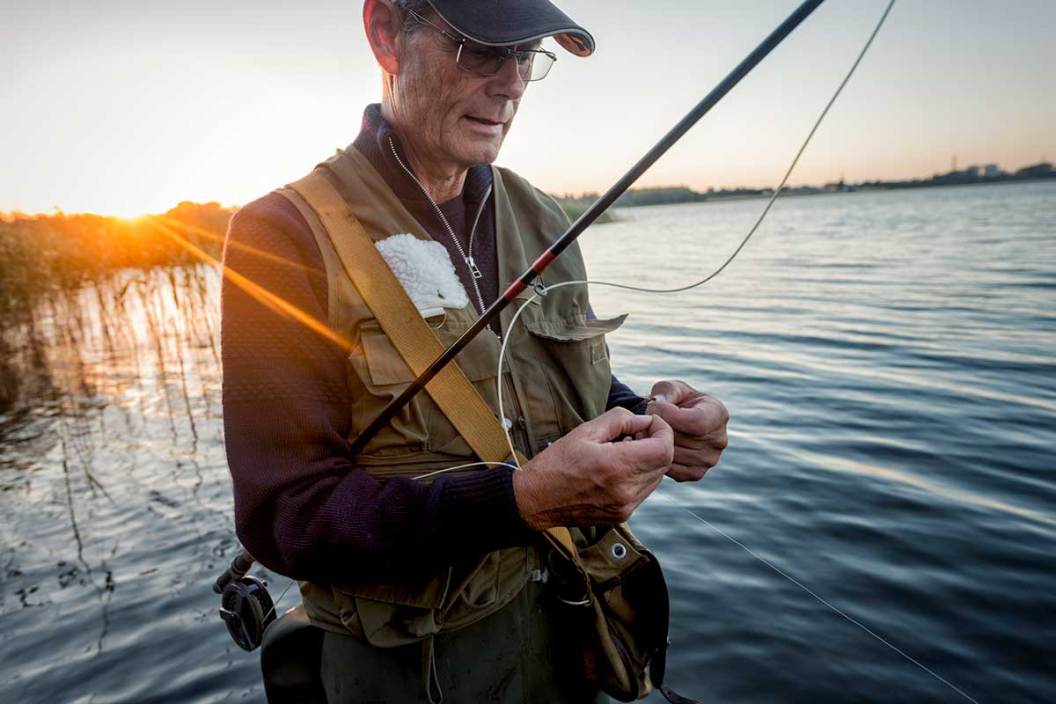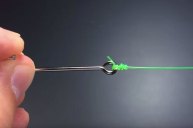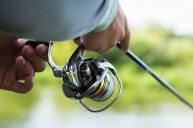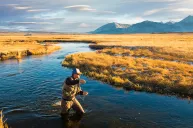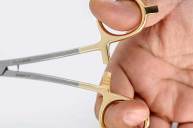Here are the three fly fishing knots that everyone should know.
If you are new to fly fishing, then you may be wondering why there are so many different knots to learn, some of them seemingly being a bit complicated. The fact is that while there are some knots that are quite specific to fly fishing, many of those can require a lot of practice to learn.
As you progress into the fly fishing world, expect to learn plenty of knots to gain in your knowledge, along with ample time to practice them. Many techniques allow you to attach leaders, tippets, flies, and more to your line, but just a simple few are enough to get you started and get you out fishing.
We'll look at the basics while also listing the more specific fly fishing knots that come with time. As with any tutorial, there are many good videos that show what they are and how to tie them, but it will ultimately be up to you to get some fly line, tippet, and leader material in your hands and start practicing.
Fly Fishing Knots
Inevitably, if you get into fly fishing, you're going to need to know how to tie a few knots. Gaining knowledge in this regard helps to create a great way for the beginner fly fisherman to start understanding their gear, techniques, and the knots that they will need to get it all started.
Orvis, a leader in fly fishing education, includes over 20 different knots in their instructional collection, including the Bimini Twist, Blood Knot, Clinch Knot, Double Surgeon's Loop, Improved Blood Knot, Nail Knot, and many more.
If you're just starting out fly fishing, then you should automatically be a bit confused by all those knot names and terms, and that's normal. Many of the knots needed to get started aren't that difficult to learn.
Here are three of the best knots any beginner fly angler should learn. With these, you'll at least have a good start.
The Handshake Knot
Often referred to as the loop-to-loop knot, this is a simple process of attaching your fly line's permanent welded loop to your leader. While this is more of a loop connection than a knot, it is still a very important technique to get used to when starting out.
Slide the loop at the end of the leader over the loop at the end of the fly line, then pull the tag end of your leader through the loop at on the fly line. Pull the factory knots in the leader through the welded loop in the fly line, and pull it all tight.
Double Surgeon's Knot
This is a good knot that's really quite simple and easy to practice with a couple pieces of rope before graduating to some fishing line.
The Double Surgeon's Knot is great to connecting the leader to the tippet, or just about any time you're connecting two pieces of fishing line together. As an additional note, the Surgeon's Knot can be used for connecting sections of tippet that are both similar in diameter or that very greatly in diameter.
Take the two ends of the line and overlap them, then create a loop. Pass both tag ends of one section through the loop, then again a second time, and then pull it all tight.
The Clinch Knot
The clinch knot is one that should be learned by every prospective angler. For fly fishing, the clinch knot is a great and simple way to attach your fly to your tippet material, but it certainly isn't the only method.
Simply pass the line through the eye and then twist it around itself five or six times, then pass the tag end through the space between the tests and the eye of your lure, then wet it just a bit and pull it tight.
So Many Fly Fishing Knots, So Little Time
If you've been conventional fishing for some time but are new to fly angling, you may have an eye opening experience when you work with fly line for the first time.
With all the different types, weights, and tapers, knot tying takes on a new importance. With that in mind, most fly fishing knots are meant to join two lines together, and many times they're used for lines that are of vastly differing thickness.
It's always amazing to see the ingenuity of those who came before us in creating these knots for such specific purposes. It also goes to show how important making these knots can be, not only for strength and usefulness, but for presentation and stealth.
Whether you're aiming for a steelhead fishing trip in the freshwater of the Great Lakes, or saltwater fishing for bonefish in the Bahamas, these are the knots worth starting with.
Please check out my book "The Hunter's Way" from HarperCollins. Be sure to follow my webpage, or on Facebook and YouTube. Go to Rack Hub and use the coupon code Craiger for a new way to display those antler sheds!
